Attracting pollinators to your yard is not only beneficial for the environment but also essential for supporting healthy ecosystems and promoting biodiversity. Pollinators include bees, butterflies, hummingbirds, and other insects, all which play a crucial role in pollinating flowers, fruits, and vegetables. By creating a pollinator-friendly habitat in your yard, you can help support these vital creatures and enjoy the beauty of a thriving garden.
Here are some ideas for attracting pollinators to your yard.
{This post contains affiliate links}
Plant a Variety of Flowers
Choose a diverse selection of flowers that bloom at different times throughout the growing season to provide pollinators with a continuous source of nectar and pollen. Bright colors will help to attract pollinators such as hummingbirds. Different shapes can also help to appeal to a range of pollinators, such as tubular shapes for hummingbirds and cluster shapes for butterflies. Also consider having some wild areas in your yard, such as a patch of wildflowers.
Look For Native Plants
Native plants are well-suited to the local climate and soil conditions, and are the best food option native pollinators. Native plants are more well-adapted to your region, and often require less resources to maintain.
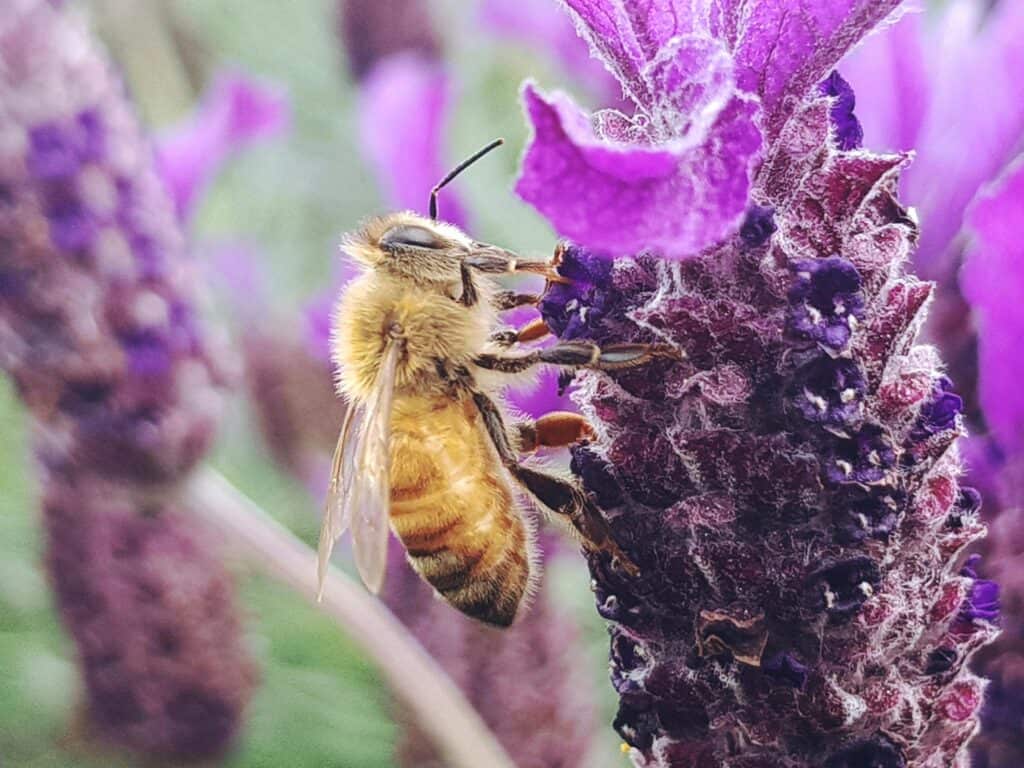
Provide Shelter and Nesting Sites
Create habitat features that provide shelter and nesting sites for pollinators.
Include Host Plants for Caterpillars
Include host plants for caterpillars in your garden. For example, monarch butterflies lay their eggs on milkweed plants, which are the sole food source for monarch caterpillars.
Provide a Water Source
Pollinators need access to water, and you can find pollinator watering stations to put in your yard. Or create your own, with a shallow water source such as a bird bath, shallow dish, or small pond. Add rocks or floating plants to provide perches for insects and prevent drowning.
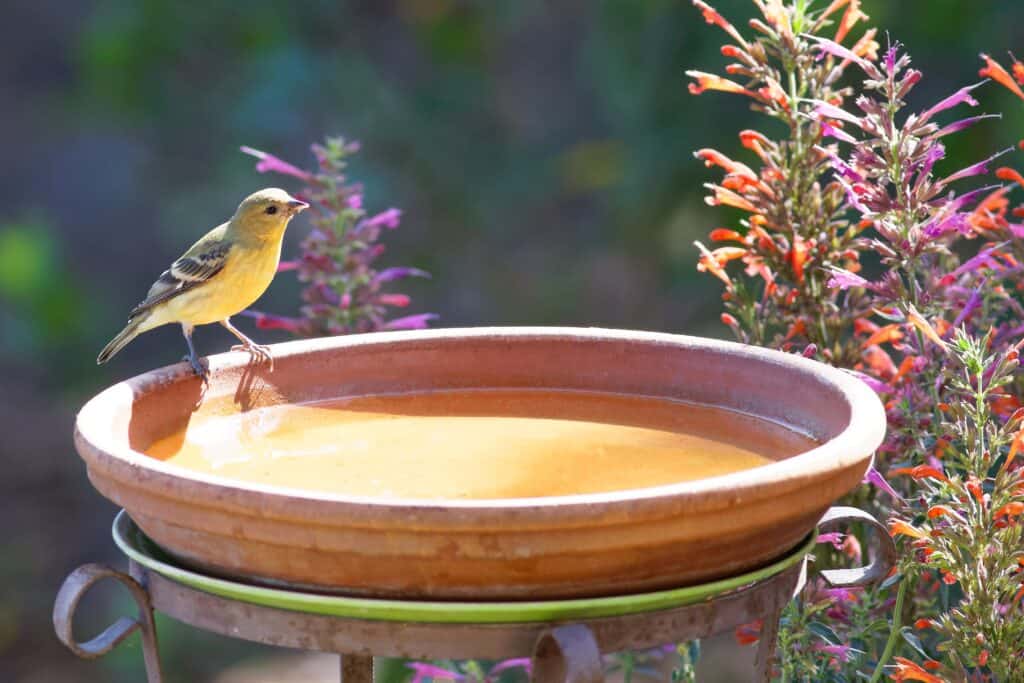
Avoid Pesticides and Herbicides
Avoid using chemical pesticides, herbicides, or any other chemicals in your yard, as they can be harmful to pollinators and other beneficial insects. Instead, practice integrated pest management (IPM) techniques such as hand-picking pests, using insecticidal soaps or neem oil, and planting pest-resistant varieties of plants. Encourage natural predators such as ladybugs, lacewings, praying mantises, and predatory wasps, which you can often purchase from a garden center.
Don’t use hummingbird food with red dye
If you decide to set up a hummingbird feeder, stick with natural or clear hummingbird food. Red dye is harmful to the hummingbird population.
By incorporating these ideas into your yard, you can create a welcoming habitat for pollinators and help support their populations for years to come. Whether you have a small urban garden or a sprawling rural landscape, every effort to attract pollinators contributes to the health and vitality of our ecosystems.

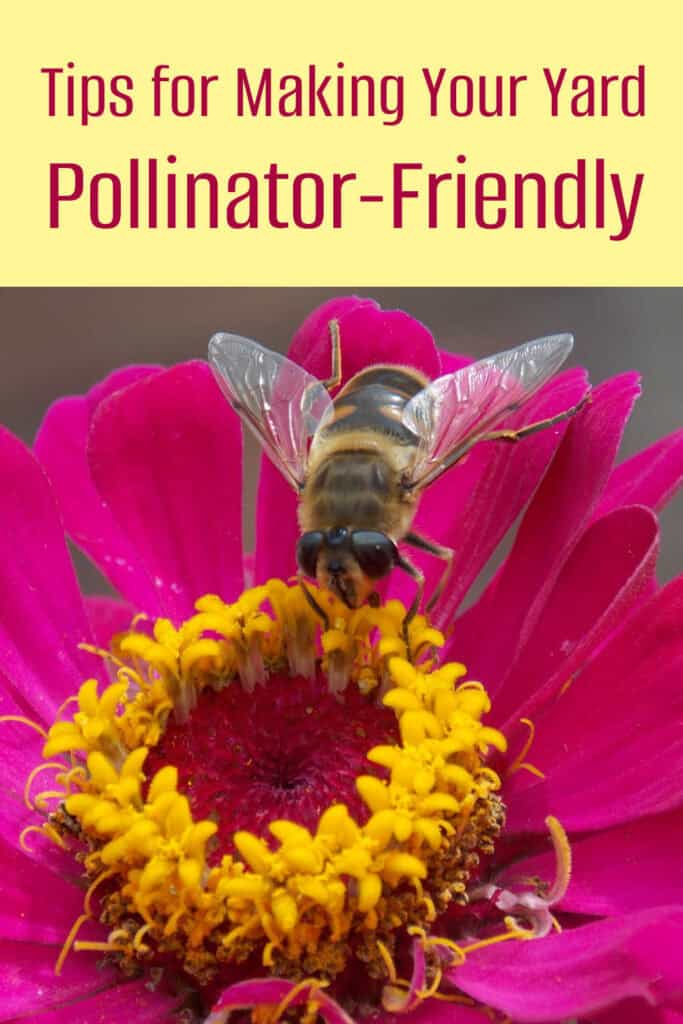

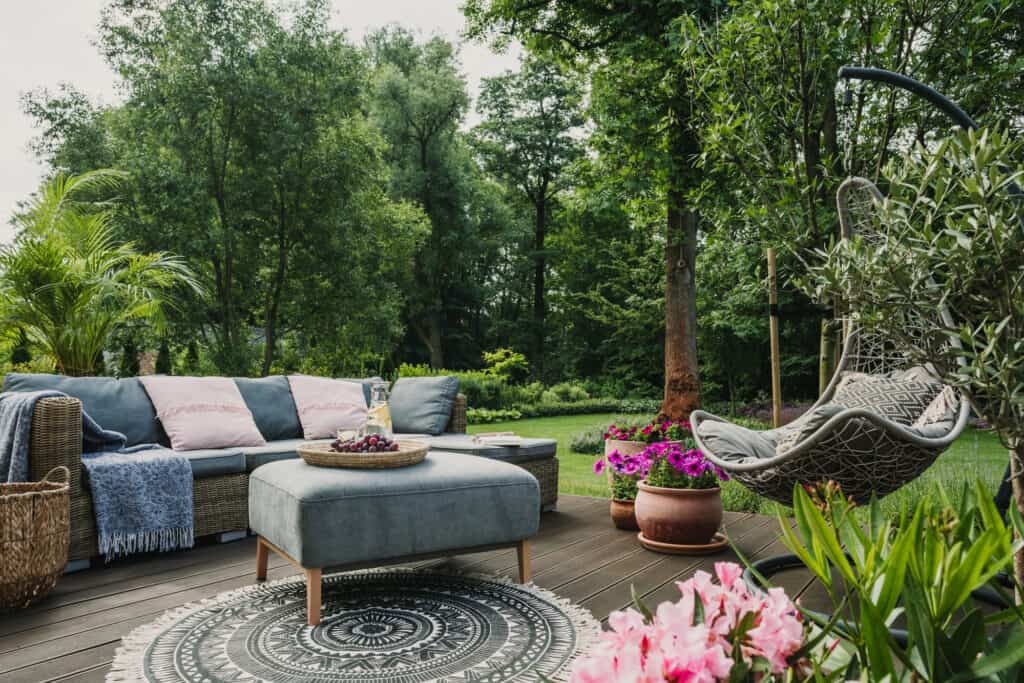
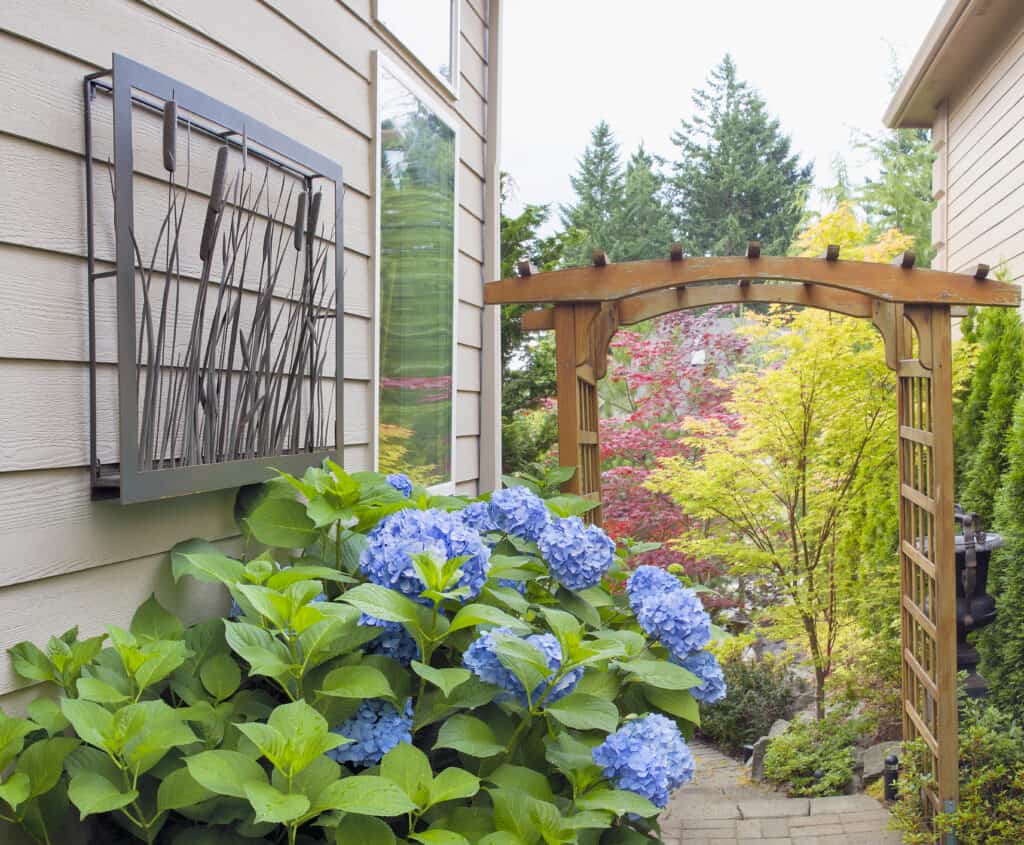
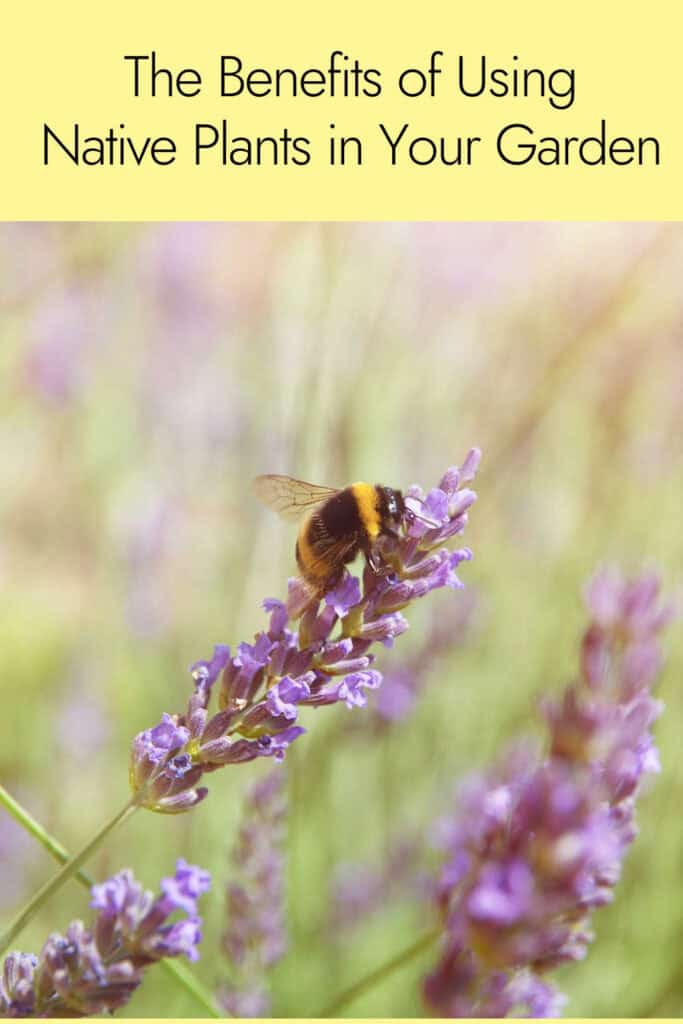
The bees are so important to my garden. I will have to try these tips.
I will keep these tips in mind. We do want to help the bees out!
Thank you for posting this. I am trying to keep a corner in the garage where I can add pots and plants, will use these tips.
I am missing a water source. I’ll try to add one this year!
Planting a variety of flowers and opting for native plants seems like a fun project to tackle with the kids.
I will surely keep these tips in mind when I start planting my flowers. It’s been too cold here to plant so I’m hoping to do so soon. Thanks for the tips.
It’s good to promote the well being of our pollinators! Great tips on how to do just that.
I pinned this post as I am loving these tips and do want to enourage pollinators for my yard and garden. I also want to get some milkweed varieties for the monarch butterflies too. Thanks for sharing!
I have a lot of flowers in my yard, I do love being pollinator-friendly. These are great tips!
I love these tips. I would also add that if you have clover growing in your yard, just let it be. We have grass, but we also have a ton of clover growing in the yard. The bees love it.
This post is full of great tips for making your yard a haven for pollinators! I especially loved the suggestions on using native plants and providing water sources. It’s so important to support these vital creatures, and your advice makes it easy and fun.
I found this post on making your yard pollinator-friendly incredibly helpful! The tips are practical and easy to implement, and it’s so important to support our local pollinators.
Your tips are practical and insightful. I can’t wait to implement some of these ideas in my yard to attract more pollinators. Thanks for sharing!
Many years ago, my dad had a home garden in the 1 acre backyard. He used many of the techniques. I always enjoyed the bees and the butterflies it attracted.
Omg that is such a great tip about the caterpillars. I love having butterflies around the house but had no idea how to encourage them
We don’t have a yard yet but this will be helpful as we will be getting it soon with our new home. It’s nice to attract pollinators to the yard.
I loved your tips on creating a pollinator-friendly yard! Your advice is practical and easy to follow. I can’t wait to implement these changes and help support local pollinators. Thank you for sharing such valuable information!
My neighbour does all the work in our yard. I will maybe have a chat with him and share these tips with him. Thanks for sharing these.
This is advice I will certainly be using next time we move. I aim to create a beautiful garden with a lovely variety of plants from fruit and veg to a selection of colourful flowers.
Our neighbors have a very pollinator-friendly and colorful backyard. My grandfather was a beekeeper, and I love these little animals.
Love this, Puddles and Pine! Creating a pollinator yard is such a wonderful way to support the environment. Your tips and insights make it seem so achievable. Thanks for inspiring us to make a positive impact!
This is a good idea for us to help the insects to pollinate well because it is their environment. We should take care of them because they are important in our world.